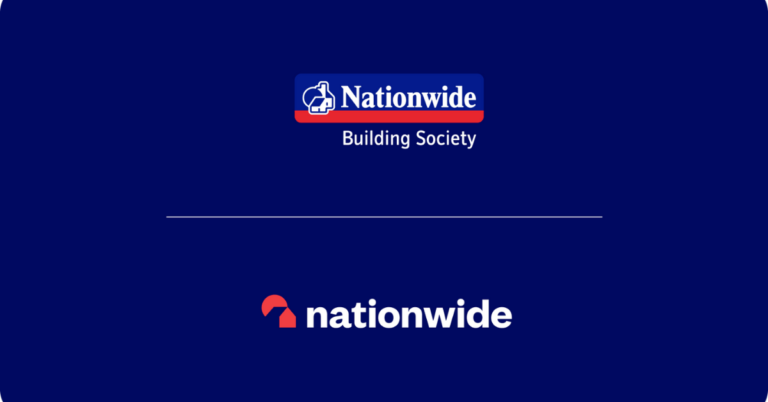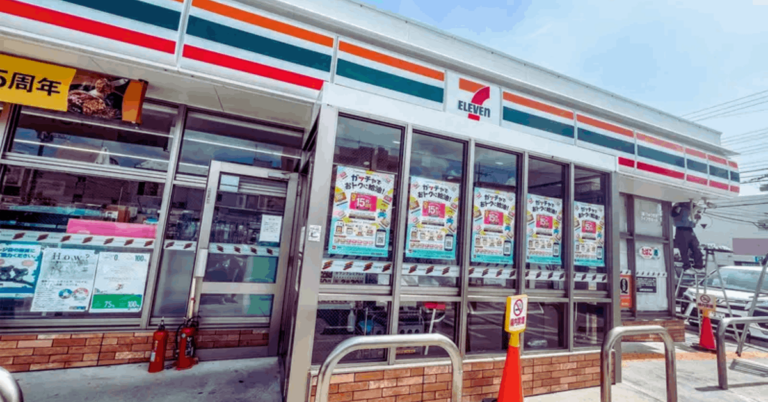The Supplemental Nutrition Assistance Program (SNAP) offers financial aid for food to eligible U.S. individuals and families. It’s a key resource in the fight against hunger.
SNAP ensures the poor, elderly, and disabled access to nutritious meals. Explore this article to grasp its benefits and application process.
What is SNAP
The Supplemental Nutrition Assistance Program (SNAP) is a crucial support system for many Americans.
Its primary goal is to ensure that individuals and families have access to nutritious food regardless of their financial situation.
By providing financial assistance for groceries, SNAP plays a pivotal role in reducing food insecurity nationwide.
Household Definitions
For SNAP’s purposes, a household encompasses everyone who purchases and prepares meals collectively. However, there are exceptions.
For instance, individuals who receive meals through certain institutions generally don’t qualify for SNAP.
This includes most people in federally subsidized housing for the elderly and those in nonprofit group homes with a maximum of 16 residents.
The EBT System
SNAP benefits are delivered through an Electronic Benefits Transfer (EBT) card, functioning similarly to a debit card. Every month, benefits are automatically loaded into the household’s account.
This system allows recipients to purchase groceries at authorized stores, including grocery stores, large department stores like Walmart, and even some farmer’s markets.
Online purchases are also an option in many states, though the card can’t cover food delivery service fees.
Benefits of SNAP
SNAP isn’t just about providing financial aid; it emphasizes healthy food choices. The program encourages recipients to prioritize nutritious foods, ensuring that they and their families have access to a balanced diet.
- Diverse Food Choices: With SNAP, you can purchase various items such as bread, cereal, fruits, vegetables, meat, fish, poultry, and dairy products. This ensures a balanced diet for you and your household.
- Inclusion of Seeds and Plants: SNAP benefits also cover seeds and plants that produce food, allowing you to grow your fresh produce.
- Special Provisions: On certain occasions, qualified homeless, elderly, or disabled individuals can use SNAP benefits at restaurants, providing more flexibility.
- Luxury Items: While SNAP primarily focuses on essential food items, it also covers luxury items like live seafood, steak, and bakery cakes.
- Financial Relief: By supplementing your monthly food budget, SNAP can help you allocate your earnings and savings to other essential expenses.
- Support for Debt Relief: Qualifying for SNAP can also open doors to other government benefit programs, potentially aiding in debt relief.
- Boost to Local Economy: When you use SNAP benefits, you’re feeding your family and supporting local businesses and farmers.
Eligibility Criteria
SNAP households consist of those living and eating together. Institutional meals typically disqualify, except for certain elderly and disabled groups. 36 states, including D.C., have no SNAP resource limit, but 14 do.
Income limits, updated yearly, vary by state, e.g., Alaska’s is 130% of its Poverty Level. In addition, for SNAP, individuals 60 or older are “elderly”. And “Disabled” includes those receiving federal disability or certain veterans.
Moreover, green card holders in the U.S. for five years, those on disability assistance, or under 18 qualify for SNAP. DACA recipients and some noncitizens don’t.
Employment Requirements for SNAP
To ensure that SNAP benefits are provided to those genuinely in need, there are employment prerequisites. These requirements ensure that beneficiaries actively seek employment or engage in productive activities.
- Able-bodied adults aged 18 to 49 without children must work 20 hours a week or enrol in a training program.
- Proposals like the America Works Act suggest raising this age to 65.
- Work requirements aim to prevent dependency on the government.
- Requirements include registering for work, not quitting a job voluntarily, accepting job offers, and participating in state employment programs.
- Non-compliance can lead to ineligibility, but exemptions exist for specific groups like seniors, pregnant women, and those with health concerns.
How to Apply for SNAP
Navigating the SNAP application process can seem daunting, but it becomes a straightforward task with the right guidance. Here’s how you can secure your SNAP benefits.
Before diving into the application, it’s essential to understand that each state has its unique form. However, the core process remains consistent. Here’s a step-by-step guide to help you through:
- Start by identifying the agency office in your state or county that oversees SNAP.
- Visit your state government website for SNAP-related information.
- Check the USDA site, which provides state-specific links for a comprehensive overview.
- Begin your application online, as most states offer this facility.
- If you lack internet access, contact Project Bread at 1-800-645-8333 for assistance.
- Ensure you have all necessary documentation ready for verification.
- Await approval. Typically, you should receive your SNAP benefits within 30 days of application.
For those who might face challenges with online applications, there are alternative methods. You can contact your local SNAP office directly or use the toll-free hotline number usually provided on state websites.
Local offices can even schedule home visits or conduct telephone interviews in certain situations.
Calculating Your SNAP Benefits
Understanding your SNAP benefits is crucial to budgeting and planning your monthly groceries. Let’s delve into how these benefits are computed.
SNAP benefits, often called an “allotment,” are calculated based on your household’s net monthly income and the maximum monthly allotment for your household size.
The idea is that households are expected to spend about 30% of their resources on food.
Computation in Action
For a tangible understanding, consider a four-person household with a net income of $1,000. First, 30% of $1,000 gives $300.
Subtracting this from the maximum allotment for a four-person household ($939) results in a monthly SNAP benefit of $639.
This example illustrates how the benefit amount is derived, ensuring you receive the necessary support for your food expenses.
Debunking Myths about SNAP
Misconceptions about the SNAP program are widespread, often leading to unwarranted stigma. Let’s address some of these myths.
- Only Unemployed People Use SNAP: Many SNAP recipients are working families who earn low wages.
- SNAP is Only for Families with Children: While 65% of SNAP recipients are families with children, others, such as the elderly or disabled, also benefit.
- SNAP Encourages Dependency: The program has work requirements and is designed to supplement, not replace, income.
- SNAP is Wasteful and Inefficient: Research indicates that SNAP is one of the most successful American federal programs.
- Most SNAP Recipients are Immigrants: Only documented immigrants who meet specific criteria are eligible, and DACA recipients are not.
- SNAP Benefits are Excessive: The benefits are calculated based on household size and net income, often providing just enough to supplement food costs.
- People Use SNAP for Unhealthy or Luxury Foods: While SNAP can be used for various foods, its primary goal is to ensure recipients have access to nutritious meals.
Conclusion
If you find yourself or your family struggling to afford meals, consider applying for SNAP. It’s a valuable resource designed to help in challenging times.
Government programs like SNAP underscore the importance of collective support in society. They ensure that everyone has access to necessities regardless of their financial situation.
Remember, seeking help is a sign of strength, not weakness.











